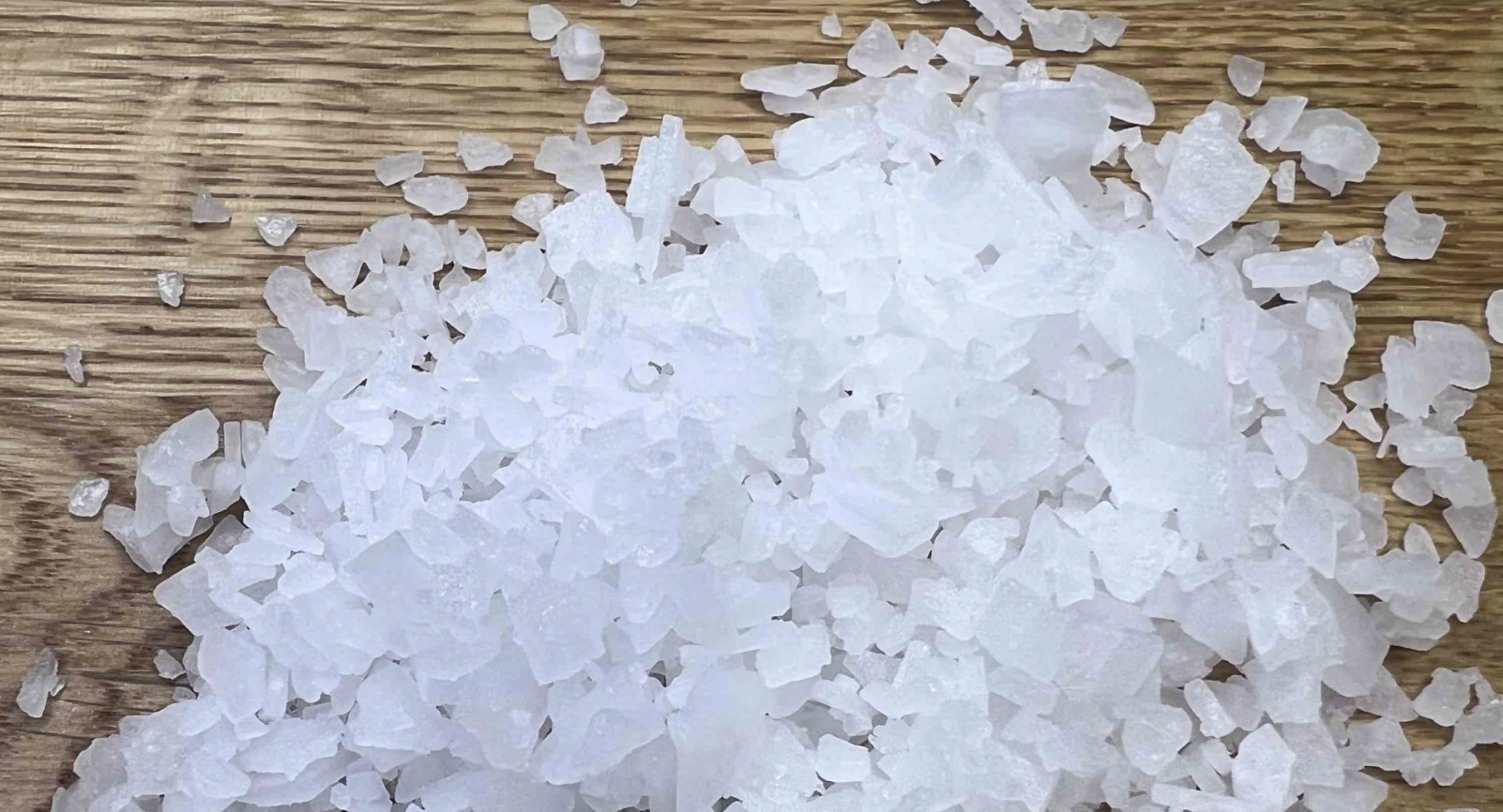No One Touched It… So Why Did This Salt Jar Turn into Liquid Overnight?

Source: Soaposh.com
It began like any other day. A parent, whom we’ll call Alex, dug out a jar of magnesium flakes — perhaps for a relaxing bath soak, or just to keep in case it’s needed later. No water added. No magic tricks. Just dry, flaky salt.
But the next morning?
The flakes had massed into a pool of salty liquid. And the only person in the house who could possibly have handled it was the 6-year-old daughter — who insisted, over and over, very earnestly, that she had not poured anything in the jar.
Nowadays, most parents learn, when anything inexplicably becomes a mess, a child played a role. So naturally, suspicions arose. But as it happens, this was no sneaky trickery.
It was chemistry.
The Actual Reason: Magnesium Flakes Are Deliquescent
Here’s the deal. Most magnesium flakes — especially those that are marketed as bath salts — are magnesium chloride. And magnesium chloride is what scientists refer to as deliquescent.
In simpler terms? It doesn’t just soak up moisture from the air — it soaks up so much that it becomes liquid itself.
So if those flakes are in a jar that doesn’t seal tight and there’s even a little humidity in the air, they’ll absorb water almost like a sponge at a car wash. Over time, that transforms the dry flakes into a salty brine — without anyone even lifting it.

Does Anyone Know What Is the Difference Between Hygroscopic and Deliquescent?
Here there is a subtle distinction, and it’s worth noting.
Hygroscopic compounds – these draw water from the atmosphere.
Deliquescentants take it one step further, and can absorb enough water to dissolve in themselves.
Magnesium chloride is both.
It’s the overachiever of salts — so determined to take on water that it dissolves itself in the process.
What Do These Magnesium Flakes Do?
And so what we see in the jar the next day is not water that’s been spilled — it’s magnesium chloride that’s turned itself into liquid. Totally normal. Completely predictable (if you know what you are dealing with). And utterly mystifying if you don’t.
And no, it’s not that the flakes are spoiled. That liquid is still usable, especially if you are using it in the bath. But if you want to keep it in a solid state, then you need to store the flakes in an airtight container and keep them from moisture or humidity.
Think here of mason jars with tight seals. Double ziplock bags. Or a container that won’t let the air slip in and spoil the party.
No Apology to Science Required — But Maybe to the Kid
In the case of Alex, it had to come around to their daughter, and let her know she didn’t do anything wrong. The science was weird. The salt was weirder. And this time, the adult had made a premature assumption.
It was one of those small-by-contrast parenting moments. The kind where a 6-year-old can tell you, “Told you so,” and not be saying it for the fun of it.
Why This Keeps Happening
This isn’t some one-off fluke. A lot of people have had this exact experience: They’ve found themselves with a soggy mess of magnesium flakes and wondered what strange home chemistry could yield this mess. There are even some who believe the product turned sour, or, worse, that someone tampered with it.
But the reality is that it is basic: That’s just what magnesium chloride does. Especially in humid rooms such as bathrooms, where humidity in the air only encourages it toward redefinition.
What to Do Moving Forward
If storing magnesium flakes long-term:
Use an airtight container
Store in a cool, dry place
Avoid humid environments (like bathrooms)
If they liquefy? Still usable—just measure differently